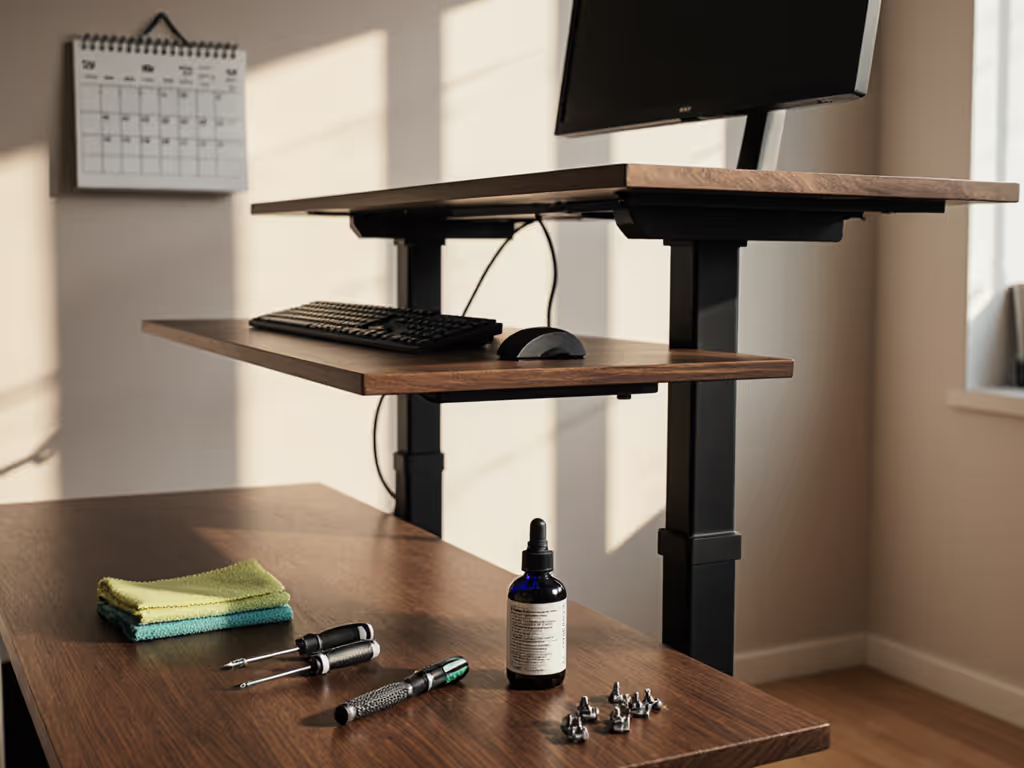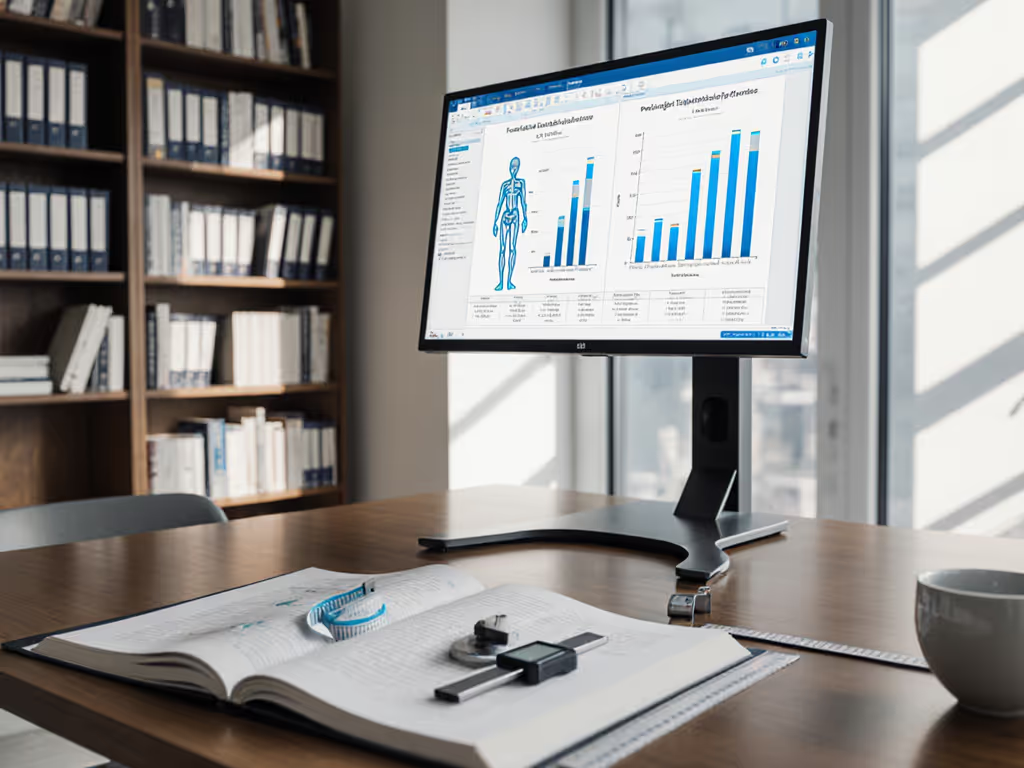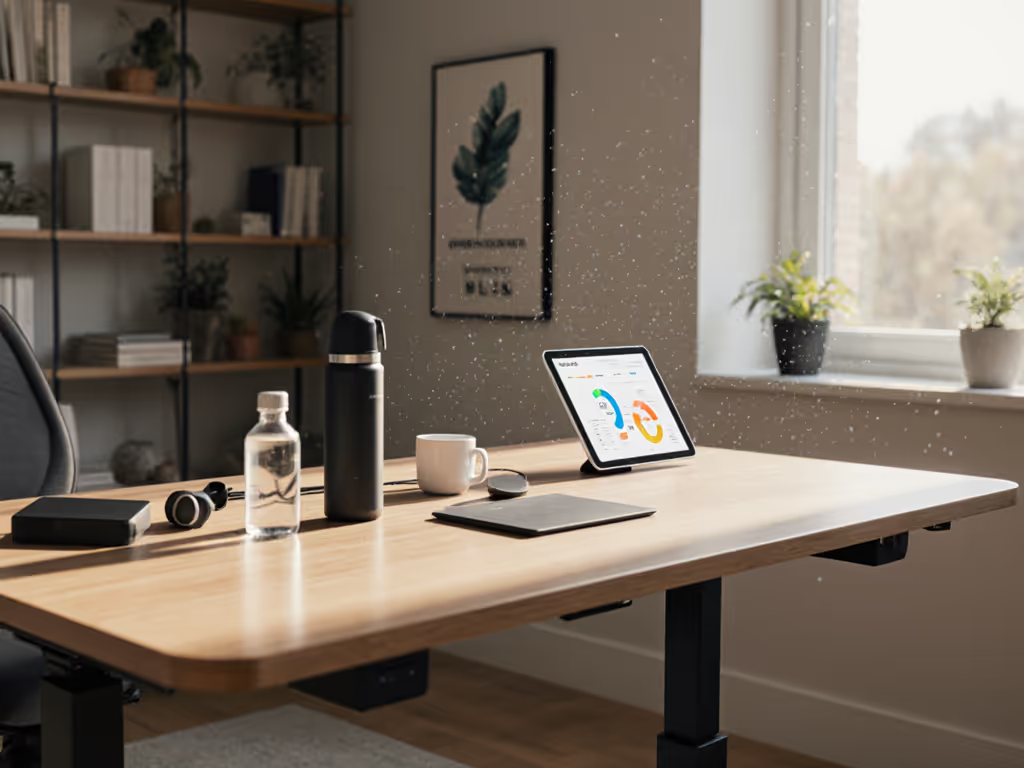
Scientific Standing Desk Research: Health Facts Verified

As an anthropometrics specialist focused on neutral posture and body-size fit for sit-stand work, I've analyzed countless studies on standing desk ergonomic setups. What concerns me most is how marketing often overshadows the solid scientific standing desk research that should guide our choices. The truth is simple: without precise accommodation to your unique body dimensions, even the most expensive standing desk won't deliver real benefits. Good ergonomics isn't about gadgets or trends, it's about dialing in measurements that match your actual physiology. When your wrists and neck thank you after hours of work, you know you've found the right fit.

Understanding What Science Actually Confirms
Let's separate evidence from hype. Recent studies, like one tracking participants over six months, show sit-stand desks do reduce musculoskeletal discomfort in the neck, shoulders, and lower back when used correctly. Crucially, this benefit comes not from simply standing more, but from regularly alternating positions with proper alignment. The control group (continuing traditional seated work) showed no meaningful improvement, highlighting that posture variety within your neutral range matters more than standing duration alone.
Another significant study published in the National Library of Medicine tracked vascular function markers in overweight office workers using sit-stand desks. Participants reduced sedentary time by 90 minutes daily over six months, with measurable improvements in lower extremity vascular function and insulin resistance. Importantly, there was no significant change in weight, BMI, or step counts, proving the benefits come specifically from interrupting prolonged sitting, not calorie burning.
This aligns with Harvard Health research showing standing burns only marginally more calories than sitting (88 vs. 80 per hour), about the equivalent of one carrot after three hours. The real value isn't in weight management but in physiological changes that come from regular position shifts within your body's natural range.
Standing Desk Myth vs Reality: Translating Research into Measurements
Fit beats features when your wrists and neck thank you.
The most persistent standing desk myth vs reality gap involves "one-size-fits-all" height recommendations. Scientific standing desk research consistently shows that effective ergonomic setups must account for individual anthropometrics. Here's how to translate research into your precise setup:
Step 1: Identify Your Body's Neutral Range
- Measure standing elbow height (in cm) with arms relaxed at sides
- The 5th to 95th percentile range for standing elbow height spans 97 to 123 cm for women and 105 to 132 cm for men
- Your optimal standing desk height puts elbows at 90 to 105 degrees when typing, generally 1 to 2 cm below elbow height
Step 2: Verify Sitting-to-Standing Transition
- Measure seated elbow height with feet flat and thighs parallel to floor
- The ideal seated desk height positions keyboard 1 to 2 cm below this measurement
- Your desk must cover both measurements with fine increments (5 mm steps or smaller)
Step 3: Account for Chair Compatibility
- When evaluating a chair standing desk system, measure total vertical range from the chair's lowest seated position to the highest standing position
- Petite users (<5'3") often need desks that lower to 58 to 63 cm; very tall users (>6'2") require heights exceeding 127 cm
- Standard desks commonly miss these extremes. Check manufacturer specifications for actual min/max heights with your specific desktop thickness
During a recent team rollout, I measured a 5'1" designer and 6'3" developer who'd been struggling with the "standard" adjustable desk. Neither could achieve neutral elbow height; she was reaching up, he was hunching down. The stock range missed them both. By selecting a desk with broader range and thinner top, we dialed in their exact neutral positions. Watching them work comfortably all week cemented what the research confirms: fit must be the first specification.
Creating Your Personalized Ergonomic Setup
Research consistently shows that proper fit, not just standing more, drives the health benefits. For monitor height, keyboard placement, and posture specifics, see our standing desk ergonomics guide. Follow these steps to transform findings into your daily reality:
Measure Before You Move
- Stand naturally against a wall, mark your elbow height in cm
- Sit in your work chair, mark elbow height with arms relaxed
- Calculate the difference, this is your minimum required adjustment range
Verify Your Desk's Range
- Test the desk with your actual desktop thickness (thicker tops reduce max height by 2 to 5 cm)
- Check controller increments (5 mm or less) matter more than extreme ranges
- Confirm stability at both your seated and standing heights (no keyboard bounce)
Set Position-Specific Rest Periods
- Begin with 20 minutes sitting/8 minutes standing (research-backed ratio for beginners)
- Gradually shift to 50/50 as your body adapts
- Use visible height markers rather than timers. Your body knows when it's time to shift
Optimize for Your Specific Body
- For petite users: Prioritize desks with minimum heights 63 cm or lower and controller memory presets
- For taller users: Confirm maximum height accommodates your elbow position with 2 to 3 cm clearance
- For all users: Ensure lateral stability (no side-to-side wobble) at standing height
Taking Action with Precision
The most valuable insight from scientific standing desk research isn't about standing more, it's about standing correctly for your body. Generic height charts fail 50% of users because they ignore anthropometric diversity. Your 5th to 95th percentile range is unique to you.
Adjust to yourself; don't contort to your desk. This means measuring properly, verifying range compatibility with your actual body dimensions, and prioritizing stability over features. When you respect your body's neutral posture bands, you access the real benefits documented in research: reduced discomfort, better circulation, and sustained energy.
Your Actionable Next Step Grab a measuring tape today and document your seated and standing elbow heights in centimeters. Cross-reference these numbers with your current desk's actual range (not the advertised one; account for desktop thickness). If your measurements fall outside the desk's functional range by more than 2 cm, you're compromising the very benefits the research promises. Precision isn't perfection, it's the foundation of sustainable comfort.
This small investment of five minutes now prevents years of strain and confirms whether your setup aligns with what science actually verifies. Good ergonomics begins with your measurements, not someone else's assumption.



